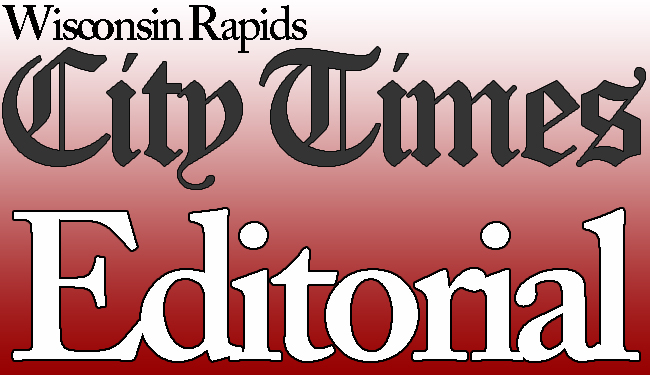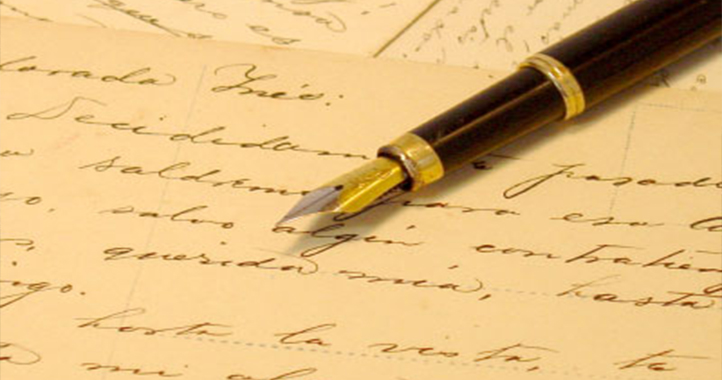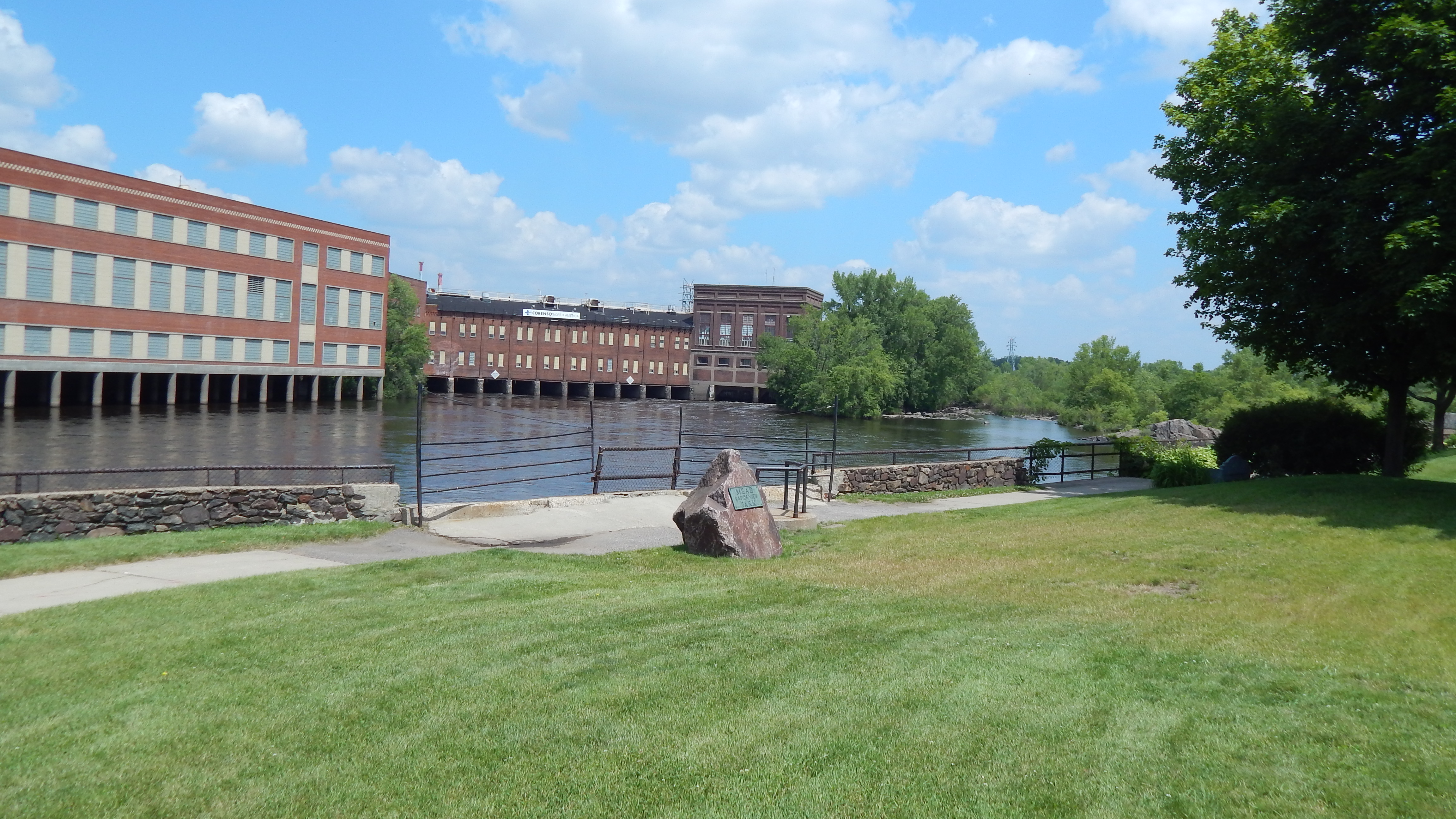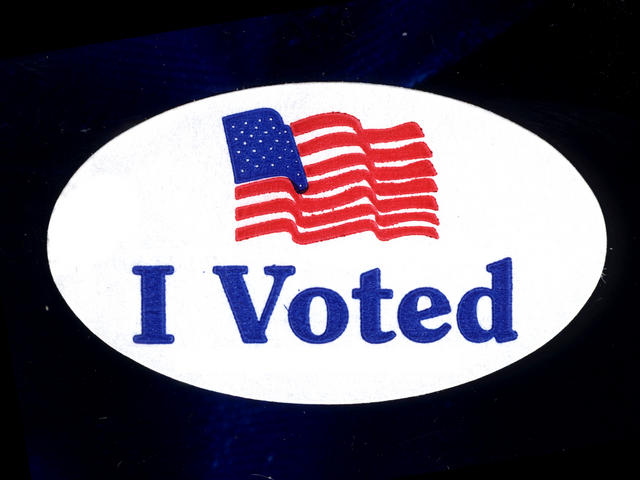On Women’s Equality Day, the Struggle for Voting Rights Goes On

By State Senator Julie Lassa
August 26th was celebrated as Women’s Equality Day, commemorating the day in 1920 when the Nineteenth Amendment to the U.S. Constitution gave women the right to vote. As with so many other groundbreaking ideas, Wisconsin led the way, becoming the first state in the union to ratify the amendment Nineteenth Amendment. That victory, however, was the culmination of a long struggle to win the vote for women, one that was marked by many setbacks in Wisconsin.
Various women’s rights groups in Wisconsin began organizing in the late 1860s. There was little popular support for women’s suffrage at the time; although bills to grant women voting rights were introduced in the State Legislature in 1855 and 1867, both of them failed. The Wisconsin Women’s Suffrage Association was formed in 1869, and began pushing to get women the vote. By 1884, they had succeeded in convincing the Legislature to grant women the right to vote in school board elections and other education-related issues. It was a step forward, but because school board races were on the same ballot as other races, some feared that women would be prevented from casting ballots at all.
WWSA leader Olympia Brown took advantage of this situation in the spring of 1887. Along with school elections, she marked her ballot for other municipal races as well, with the justification that all of local government had an impact on schools and education. Racine election officials refused to accept her ballot, and Brown sued. By 1888 the issue reached the state Supreme Court, which ruled that allowing Brown’s ballot to be counted would violate the will of the Legislature, which had not given women unlimited voting rights. The court ruled that the only way women could vote was if school issues were placed on a separate ballot. The Legislature did not give municipalities the ability to do this, however, which meant women lost even the limited voting rights they had won.
But while women’s fight for the vote proceeded slowly, women’s rights groups gained valuable political experience by organizing around issues like school improvement, temperance, and other “women’s concerns.” Groups like the Wisconsin Federation of Women’s Clubs worked with local women’s groups to work for a variety of civic reforms, all the while continuing to give women more political power. By 1911, they convinced the State Legislature to authorize a statewide referendum on women’s suffrage. However, the referendum went down to defeat by nearly a two-to-one margin, and a subsequent bill for another suffrage referendum was vetoed by the governor.
At that point, Wisconsin’s women’s rights leaders gave up on making a change at the state level, and lent their efforts to the national campaign for a Constitutional amendment giving women the right to vote. Finally, in 1919, the amendment was approved by Congress, with the support of most of the Wisconsin delegation. Wisconsin ratified the Nineteenth Amendment on June 10th, 1919, and when it became law the next year, women were allowed to vote in federal elections. Wisconsin’s constitution, however, was not amended to give women full voting rights until 1934.
The women’s rights groups that fought for suffrage formed the basis for the League of Women Voters, which continues to this day to empower women politically and to support freer, fairer elections for everyone. Today, 96 years after women won the vote, attempts to limit who can vote and when continue to threaten our hard-won voting rights. Women’s Equality Day is an important reminder to each of us that the struggle for all Americans to exercise their Constitutional right to self-govern is far from over.





